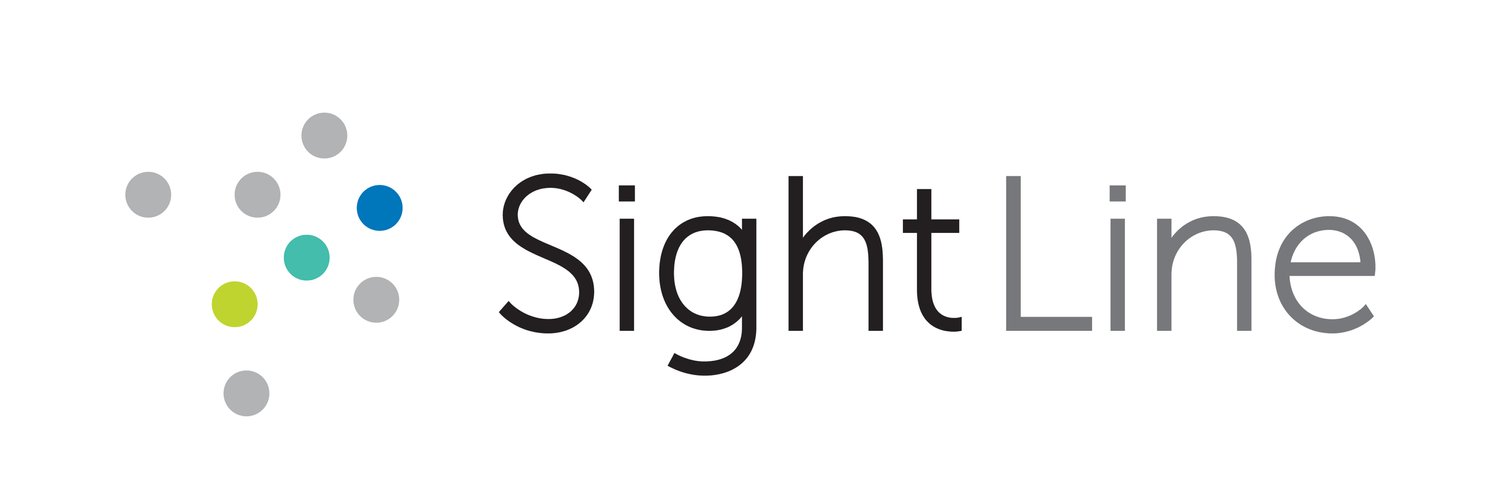Are Panicked Enrollment Managers Focusing on the Wrong Funnel Stage?
Higher education institutions are facing a daunting challenge: the enrollment cliff. With fewer potential students on the horizon, many enrollment managers are under pressure to maintain or increase enrollment numbers. However, in their quest to fill seats, are they focusing too much on attracting new prospects at the top of the funnel and neglecting the crucial task of converting quality leads into enrolled students?
The Top of the Funnel Problem: Continually Casting a Wider Net
In response to the impending enrollment decline, many institutions have ramped up their efforts to attract prospective students. This often involves investing heavily in marketing campaigns, expanding outreach efforts, finding new sources to buy names, and increasing the number of applications. The goal is to cast a wide net in hopes of capturing the interest of as many potential students as possible. While these efforts are important, universities may be at risk of chasing students that are never going to be interested in their institution, rather than nurturing qualified student leads. This is a particular issue when the total number of prospective students is shrinking due to the enrollment cliff and casting a wider net will continue to have diminishing returns.
In speaking with many institutions across the country, we are hearing that they have up to six or seven vendors, or even more, to get students in the top of the funnel. Frequently they are accessing duplicate students from each of these sources, and each source wants to take the credit if one of their leads enrolls at the institution. On top of that, enrollment managers are struggling with enrollment model overload. They have three or four different enrollment probabilities for each student. How do we even begin to work with this and set up an outreach strategy?
The Conversion Challenge: Turning Interest into Enrollment
Focusing too much on the top of the funnel can lead to a critical oversight – the failure to effectively convert quality leads into enrolled students. These are the students who have already expressed genuine interest in the institution, whether through campus visits, interactions with admissions staff, attendance at recruitment events, or online engagement through social media. Conversion is an entirely different game than lead generation and it requires authenticity and true engagement.
What Data Should Institutions Rely on to Convert Students?
More and more, institutions are relying on behavioral engagement data to predict whether a student is likely to enroll at an institution. This means checking if a student is opening emails, how often they visit the website, and whether they have gone through the (late) FAFSA process among many other touch points.
As a data scientist, I am all for using data to predict outcomes and prescribe actions to increase the chances a student would enroll. But why are relying on these data points, when students are already telling us where they are going to enroll, typically before FAFSA data is available or deposits are due.
At SightLine, we work with a social media platform for prospective college students called MeetYourClass. On this platform, students are engaging with communities across the institutions that they are considering enrolling in. The students tell us where they are going to enroll, and if that changes, they let us know that as well. Of course, there are some students that are debating between a handful of institutions into early summer, in which case we can make probabilistic based predictions and identify students that would benefit the most from personal outreach. These predictions are based on information directly from the students themselves, not whether they opened one of the 1000+ emails they are receiving from a multitude of institutions.
How Online Communities Increase Yield
One effective way to impact students who are mid-enrollment funnel is to leverage platforms like MeetYourClass, which facilitate genuine connections, authentic interactions, and a broad social networking spread. They foster communities across socials and provide a space for real, unfiltered conversations that resonate with Gen Z’s preference for authenticity to happen around your institution. Finding community and a good fit for each student is becoming a much more significant factor in students deciding to enroll at your institution. According to MeetYourClass surveys, over 65% of students look for a roommate before committing to an institution. Community and connection is key for this new generation. This isn’t about peppering more and more early funnel students with emails or mailers, it is about authentic engagement with students who are actually considering enrolling at your institution.
